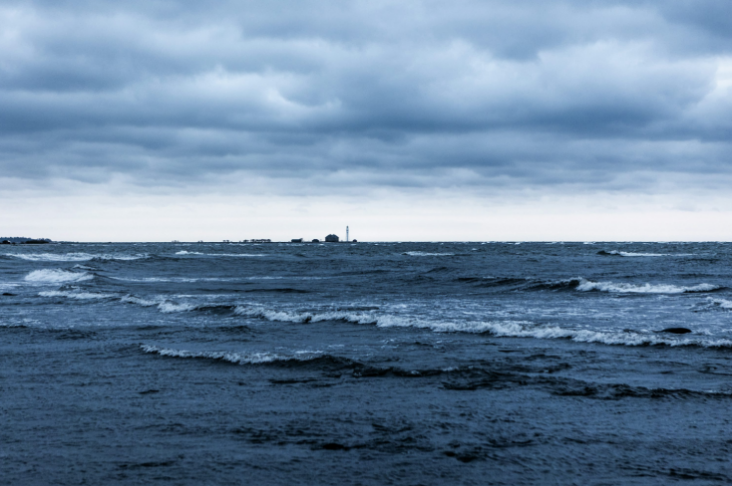In the grand narrative of climate change, sea level rise is quietly reshaping the development map of coastal areas, and the property insurance industry bears the brunt of this change, facing unprecedented challenges and profound changes.

With the continuous rise of global temperature, the effect of glacier melting and seawater thermal expansion becomes more and more obvious, and the sea level shows a slow but firm upward trend. Coastal cities, as the forefront of economic development, have gathered a large number of high-value industrial facilities and residential buildings, and the distribution of these assets is closely related to the subtle changes in sea level. The original safe land near the shore is gradually reassessed, and the probability of natural disasters such as floods and coastal erosion is greatly increased, which has become a potential "minefield" for property losses.
From the perspective of insurance business, the direct impact is the severe examination of insurance coverage. When determining the risk boundary, insurance companies must consider the long-term risks brought by sea level rise. Some coastal areas that used to be routinely underwritten are now facing the situation of being classified as high-risk or even refusing insurance. For the underwritten stock business, the expectation of compensation cost goes hand in hand, the risk model based on historical data in the past is unsustainable, and a large number of new variables flood in, which makes insurance companies fall into a dilemma in determining the rate. It is necessary to balance the financial sustainability, make the premium enough to cover the rising compensation expenses, and avoid losing customers due to excessive premium in the fierce market competition. This requires actuaries to continuously optimize the risk assessment algorithm, accurately capture the correlation between sea level rise and different insurance targets, and realize the scientific risk pricing.

From the perspective of industry structure, the market structure has also quietly changed. Large insurance companies with advanced risk monitoring technology and abundant data reserves have an advantage in dealing with the risk of sea level rise. They can adjust their business layout in time and expand new risk protection fields, such as special coastal protection engineering insurance and climate-adaptive construction insurance. Small insurance companies, on the other hand, face greater pressure to survive, and may get into trouble because they can't afford catastrophe compensation after underwriting high-risk business, which in turn forces industry integration to accelerate, giving birth to more insurance intermediaries or joint insurers focusing on specific coastal risks, and dispersing risks in an intensive way.
At the same time, the deep application of insurance technology has become the key to breaking the game. Satellite remote sensing technology can accurately draw coastline changes and provide real-time dynamic data for risk assessment; Big data analysis can integrate multi-source information such as meteorology, geography and architecture, and draw a detailed picture of risks; IoT devices are deployed in coastal buildings to monitor key indicators such as water level and structural stability in real time, so as to realize early warning and accurate intervention of risks. The integration of these scientific and technological means gives the property insurance industry a new ability to cope with the challenge of rising sea level, improves the efficiency of risk management and control, and supports a stronger umbrella for coastal assets.

The impact of sea level rise on coastal property insurance is a protracted and increasing test. Only by adhering to the forward-looking thinking, constantly innovating the risk assessment system, optimizing the product structure and strengthening the scientific and technological armed forces can insurance companies advance steadily in the unpredictable wave of climate risks, continue to escort the vigorous development of coastal economy, write a new chapter for the insurance industry to adapt to climate change, and inject financial power into the sustainable development of global coastal areas.




